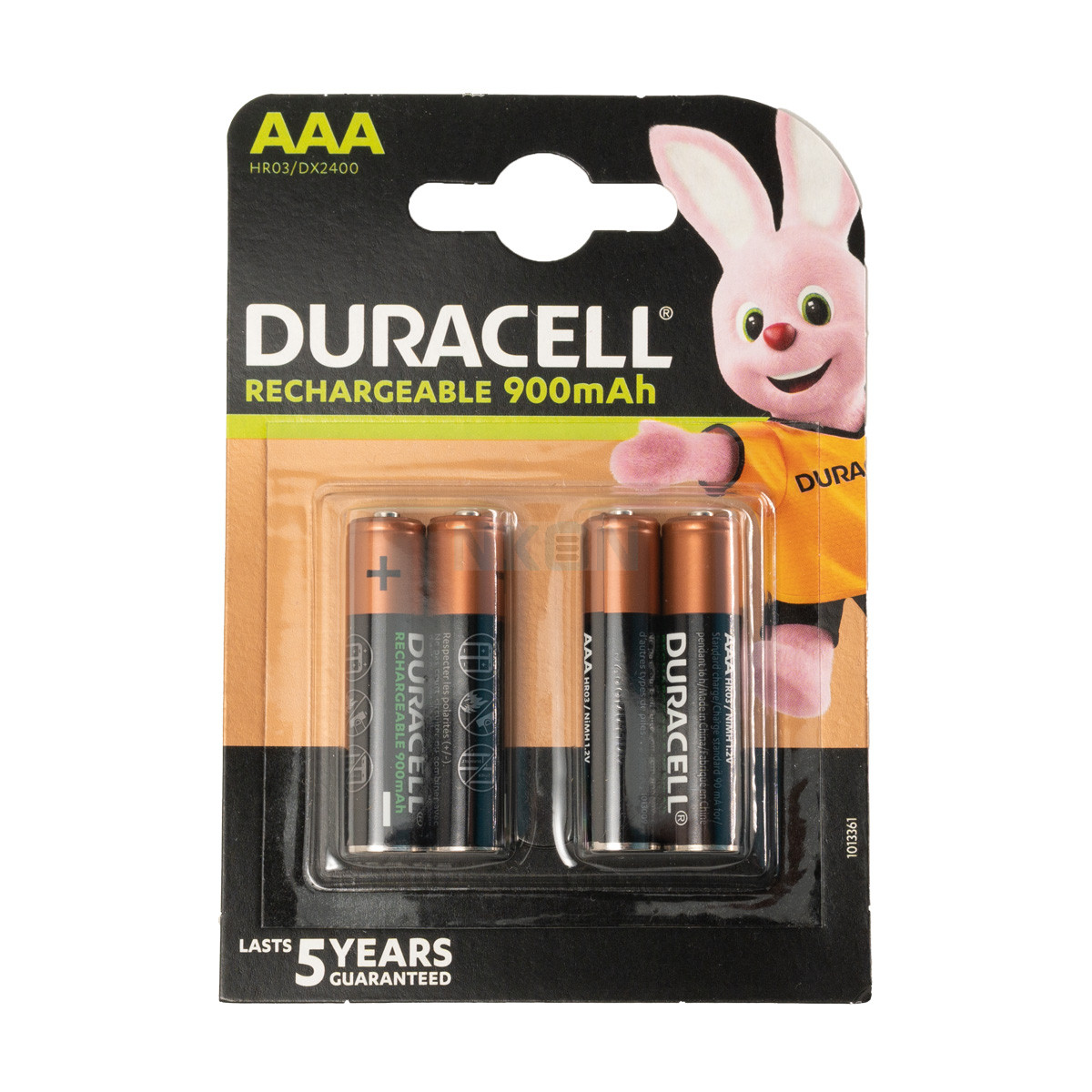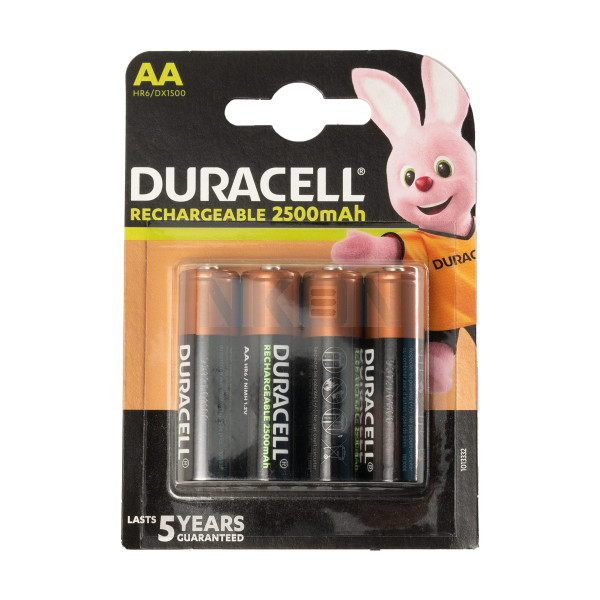
They don’t have as much battery life or power as a standard alkaline or lithium battery. In short: The rechargeable AA and AAA batteries from Pale Blue Earth are a step in the environmentally right direction. I got my hands on a set to test them out for myself. Pale Blue Earth launched its own version of rechargeable batteries claiming to have solved or worked around some of those problems. But the common limitations - requiring a specific charger, and the NiMH chemistry - are still an issue with many of them. Since then, a number of AA and AAA rechargeable battery systems have hit the market. Once back home from that trip, I never used those batteries or that charging system again. It was an unfortunate combination of the nickel-metal hydride (NiMH) chemistry and the limited amount of power they were able to get from the sun. The batteries were pretty dead by the end of each day. Each evening, I swapped the batteries out. The solar kit I strapped to the top of my pack to charge a set while trekking, while the other set was in the camera. I bought a solar charging kit that held four AA batteries along with eight rechargeable AA batteries from REI.

I had a 1.41-megapixel Olympus digital camera and suspected batteries would be hard to come by along the Annapurna Trek I was about to embark on.

My first time using rechargeable AA batteries was while trekking in Nepal for almost 2 months in 1999.


 0 kommentar(er)
0 kommentar(er)
